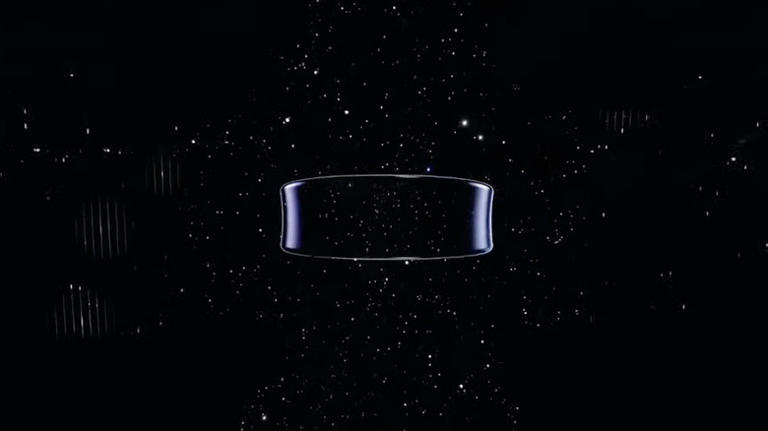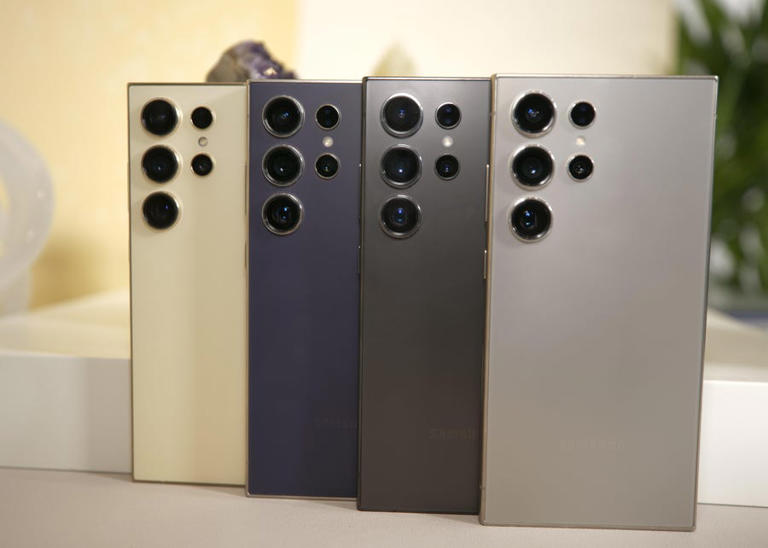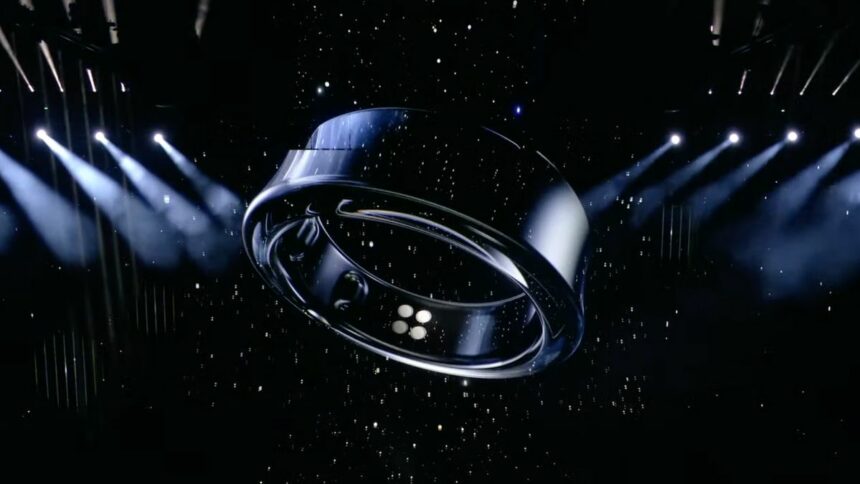In a groundbreaking move during its Galaxy Unpacked 2024 event, Samsung unveiled its highly anticipated Galaxy Ring, signaling a bold step into the smart ring market. With the wearables industry largely dominated by smartwatches, including popular offerings from Fitbit, Apple, and Samsung itself, the tech giant is set to challenge the norm and redefine health and wellness monitoring through this innovative form factor. However, breaking the curse that has plagued smart rings in the past is no easy feat, and Samsung faces the challenge of making its smart ring a mainstream success.

The smart ring conundrum
Smart rings and bracelets have historically faced difficulties gaining traction in the wearables market, with numerous attempts falling short of market disruption. Devices like Smarty Ring, Fin Ring, and even Fujitsu’s 2015 smart ring prototype have struggled to capture consumer interest. The wearables industry, characterized by its challenges, witnessed notable failures, such as Jawbone’s ill-fated screenless smart bracelet. Samsung, however, is poised to set itself apart by leveraging its expansive and well-established device ecosystem.

The power of ecosystem integration
Prior to unveiling the Galaxy Ring, Samsung provided insights into its ongoing efforts in health and wellness monitoring technology. Collaborating with esteemed organizations like Brigham and Women’s Hospital and MIT Media Lab, Samsung has harnessed the power of Galaxy AI to analyze health data and offer valuable insights to users. The My Vitality Score feature adds a personalized touch, amalgamating various health metrics to provide a simple score, aiding users in tracking progress toward their health goals.
The existing Galaxy Watch boasts a suite of wellness tracking features, including calorie tracking, step counting, sleep monitoring, heart rate tracking, and stress measurement. Samsung’s approval from the FDA to market its Irregular Heart Rhythm Notification (IHRN) functionality in the Galaxy Watch further solidifies its position in health tracking, competing head-on with industry leaders like Apple. However, the extent to which these features will transition to the Galaxy Ring remains uncertain.

Galaxy ring
Anticipating the diverse needs of consumers, it is reasonable to assume that the Samsung Galaxy Ring will be available in multiple sizes. Leaks from October 2023 suggest that Samsung might offer four different sizes, differing from Oura, which provides eight sizes for its smart ring. While a potential release window between Q3 2024 and Q1 2025 was mentioned in the leaks, Samsung has yet to confirm specific dates, leaving room for adjustments.
While functional details about the Galaxy Ring remain undisclosed, Samsung is expected to compete with existing alternatives. Drawing parallels with Oura’s offerings, the third-generation Oura Ring includes features like heart rate monitoring, sleep tracking, heart rate variability (HRV), and sensors for skin temperature and respiratory rate. Despite the high starting price of $299 for the Oura Ring Generation 3, it is speculated that the Galaxy Ring may be priced more competitively.
A potential game-changer
Samsung’s Unpacked event not only showcased the Galaxy Ring but also introduced the latest Galaxy S24 series, underlining the enduring popularity of Samsung’s flagship phones. The success of these phones has paved the way for a range of consumer tech gadgets, including smartwatches and Galaxy Buds earbuds. Samsung’s commitment to an integrated ecosystem offers improved interoperability between devices, granting users access to exclusive features. While Apple leads in walled gardens, Samsung and Google have been quick learners, capitalizing on the appeal of a unified ecosystem.

While the success of a smart ring outside of a broader ecosystem remains uncertain — as seen with the relative obscurity of Oura to the average consumer — the Galaxy Ring’s position within Samsung’s comprehensive catalog may provide the boost needed for broader industry acceptance. For consumers already invested in the Samsung ecosystem, owning a Samsung smartphone, smartwatch, and earbuds may naturally lead to considering the addition of a Samsung smart ring. The unique features Samsung introduces to incentivize this transition will be revealed over time, potentially influencing the success of this bold venture.
In the ever-evolving landscape of wearable technology, if Samsung achieves significant success with the Galaxy Ring, it is likely to set a precedent for other companies to follow suit, hoping to capitalize on the momentum generated by this innovative move.








